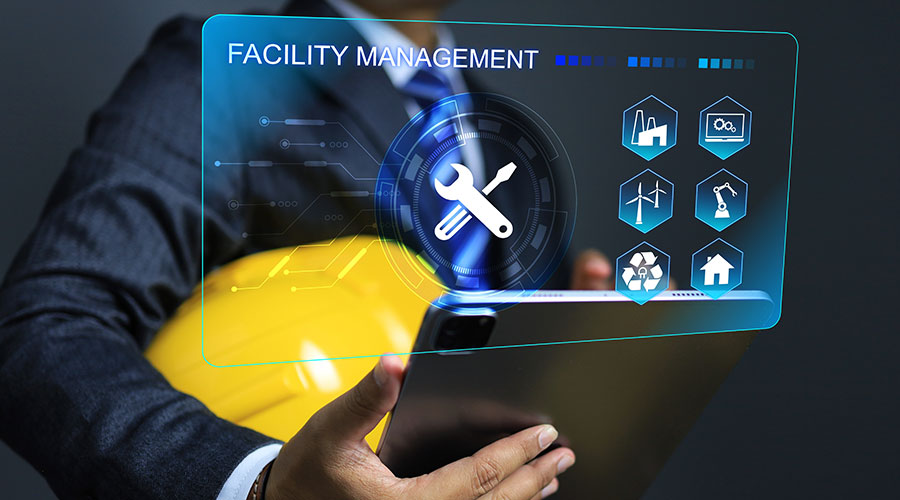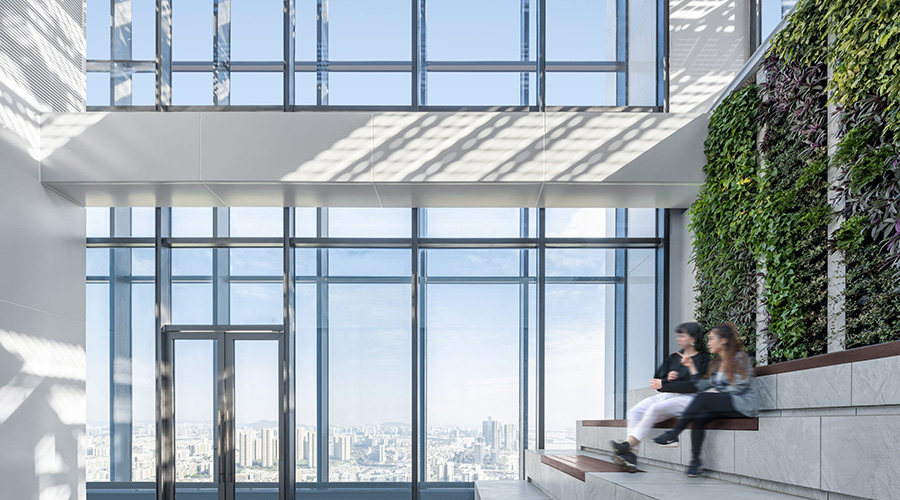Warehouse Retrofits Can Lead to Big Energy, Tax Savings Thanks to EPAct
Developments in both lighting and HVAC are driving warehouse retrofits that result in large energy savings supported by substantial federal tax savings under the Energy Policy Act (EPAct) Section 179D.
In fact, warehouses are getting the largest EPAct tax incentives of all building types.
Under EPAct Section 179D, commercial property owners who make qualifying energy-reducing investments in new or existing locations can obtain immediate tax deductions of up to $1.80 per square foot. The law is effective for projects completed Jan. 1, 2006 to Dec. 31, 2013. Given the long lead time on projects, owners should consider acting now to begin projects that qualify for EPAct deductions.
If a project doesn't qualify for the maximum EPAct deduction, there are deductions of up to $0.60 per square foot for each of three building subsystems: lighting, HVAC and the building envelope. The building envelope is every item on the building's exterior perimeter that touches the outside world, including roof, walls, insulation, doors, windows and foundation.
All tax incentives are based on achieving prescribed energy savings as compared to the ASHRAE 90.1 2001 building energy code standard for that building category. The warehouse lighting tax incentive can be achieved on a stand-alone basis if the warehouse space wattage is reduced at least 50 percent as compared to the ASHRAE 90.1 2001 wattage standard. Since that standard is 1.2 watts per square foot for warehouses, wattage must be reduced to 0.60 watts per square foot or less to qualify for the lighting incentive.
The HVAC and building envelope tax deductions must be supported by an IRS-approved building energy simulation model based on a tax-specific modeling technique. Experience has shown that the wattage in a dry warehouse must be reduced to approximately 0.45 watts per square foot (0.50 watts with sensors) to achieve the maximum $1.80 per square foot incentive. When aiming to achieve the full $1.80 per square foot tax incentive, warehouse owners should work with a design team familiar with the tax criteria and EPAct modeling technique.
LED Lighting
The refrigerated distribution center industry, commonly referred to as cold storage, is growing quickly. Demand for specialty food is increasing and is skewed more and more toward fresh and locally grown varieties, putting added emphasis on refrigeration. Because distribution centers now have to apportion a greater part of their square footage to refrigeration, they are prime candidates to install energy efficient products in both their refrigerated building and "dry" sections.
Historically, cold storage facilities have used metal halide lamps, despite their inefficiency, since fluorescent lamps did not function well in cold temperatures. With the advent of LEDs, however, cold storage spaces now have an alternative which, while expensive, is vastly more energy efficient. In a refrigerated distribution center of a million square feet, the EPAct tax deductions for LED lighting can amount to $600,000 for lighting alone. And because these facilities are well-insulated, they often qualify for the building envelope deduction as well, bringing the total to $1.20 per square foot.
Another major advantage of LEDs is their ability to be integrated with automated systems. Through use of sensors, such systems allow facility managers to control when and where lighting is used within a space. Previously, a manager might have to turn on every metal halide in a facility just to get access to a single aisle. By making it possible to use far more sophisticated controls, LEDs can save refrigerated storage spaces up to 90 percent of their lighting-related energy costs. Because LEDs have no warm-up time, as metal halide lamps do, LEDs can be turned on and off as needed. What's more, the very long expected life of LEDs promises to reduce maintenance costs.
Related Topics:













